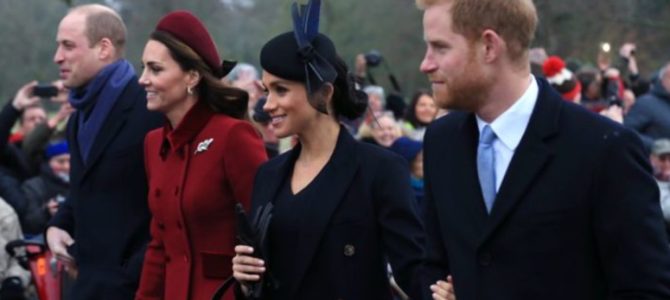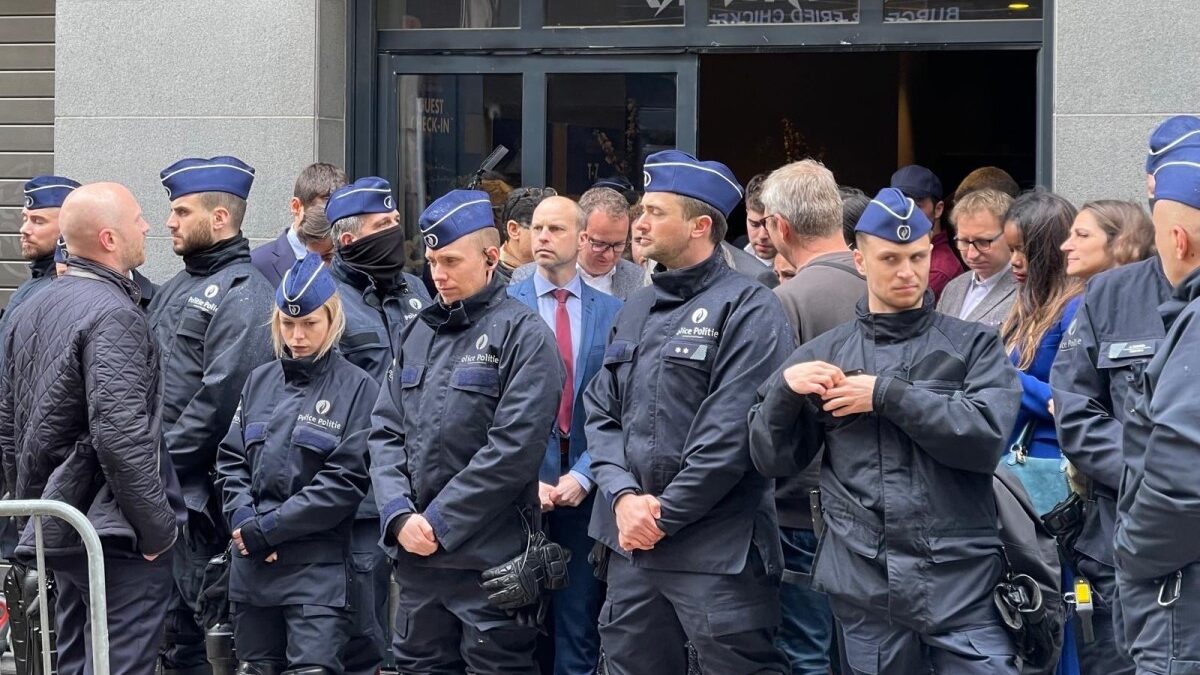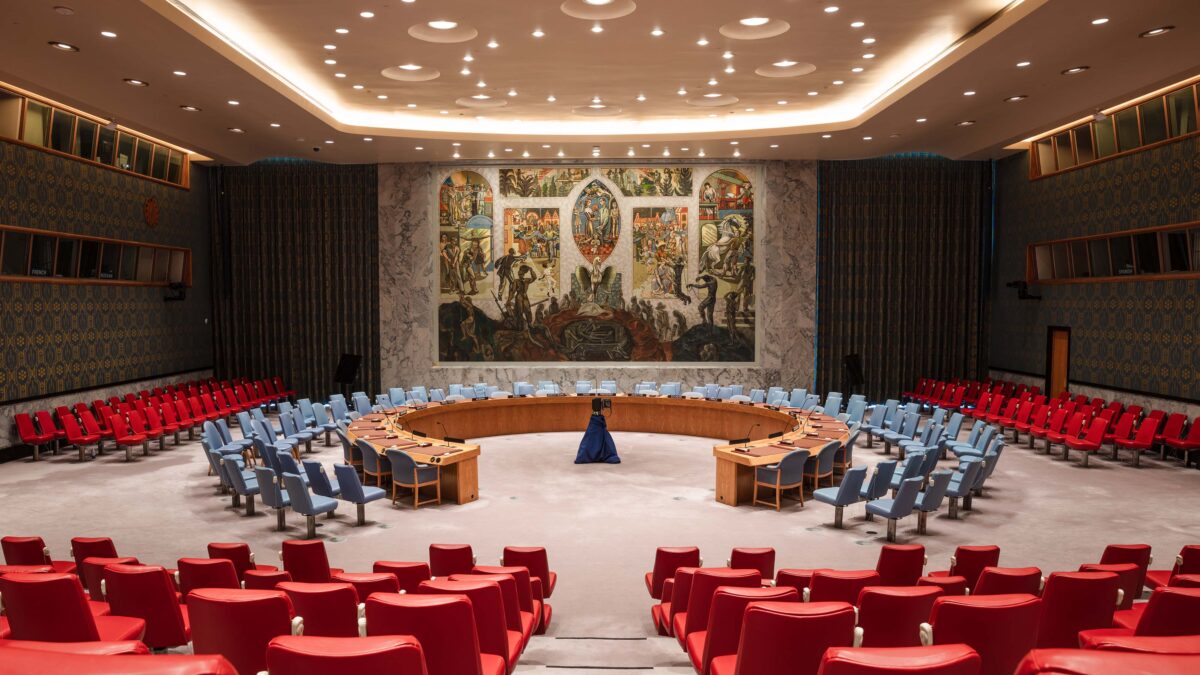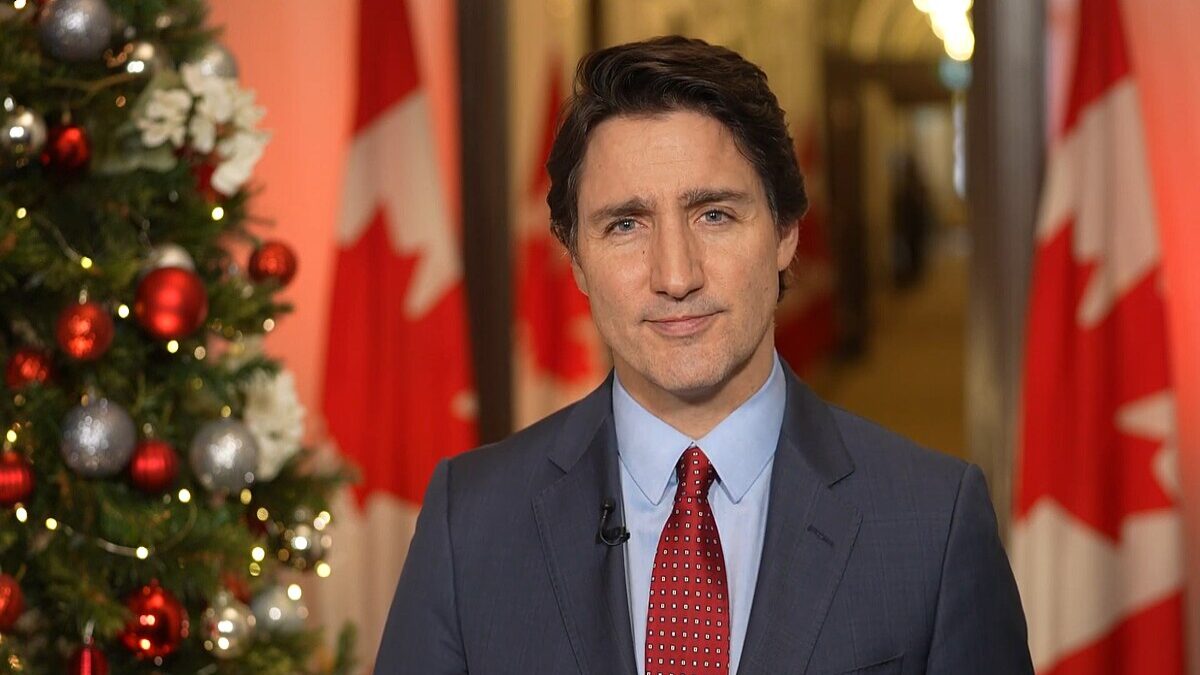
For those who doubted the significance of Harry and Meghan’s recent interview with Oprah, a weekend article from The Daily Mail should provide some perspective. It was reported that a senior Labour Party figure “with strong links to Washington” claimed that Meghan Markle “was networking among senior Democrats with a view to building a campaign and fundraising teams for a tilt at the US Presidency.”
If true, the claims would shed light on Hillary Clinton’s noteworthy support for the couple and their allegations, and warn observers not to naively dismiss Harry and Meghan as a pair of spoiled attention-seekers, but to instead be wary of them as shrewd and divisive political activists.
Interestingly, the British royal family is no stranger to such noxious elements within its ranks. Fans of the hit Netflix series “The Crown” may remember a scene in which Queen Elizabeth and Prince Philip discuss an intriguing theory of the House of Windsor shared with Philip by the queen’s former private secretary Sir Alan (Tommy) Lascelles.
According to Philip, Lascelles’s take on what he describes as the mythical “two-headed eagle” of Windsor is this: “For every Victoria, you get an Edward VII. For every George V, you get a Prince Eddy. For every George VI, you get an Edward VIII. For every Lillibet, you get a Margaret.”
As the theory goes, the royal family is characterized by a succession of dull, dignified, and dependable individuals on the one hand, alongside a continuation of dazzling, defiant, and dangerous ones on the other. Queen Victoria was the embodiment of stability, whereas her eldest son, later Edward VII, was renowned for being a promiscuous playboy.
There’s Definitely Something to This
Queen Elizabeth II exemplifies quiet reserve, respect for tradition, and predictability, while her younger sister, Princess Margaret, was known for flamboyance, individualism, and emotional instability. Harry and Meghan’s egotistical, rebellious and reckless conduct over the past couple of years, culminating in the recent Oprah interview, indicates there may be more to the Lascelles Theory than clever scriptwriting.
Perhaps at no point has the two-headed eagle revealed itself more distinctly than in the stark contrast between the queen’s father, King George VI, and her uncle, Edward VIII, who infamously abdicated the throne to marry the clever, chic, twice-divorced American socialite Wallis Simpson.
As Prince of Wales, Edward was popular with the public. He was handsome and charming but notorious among those in his family and service for self-indulgence, obstinacy, and a disregard for tradition. His lifestyle was lavish, and his social circle was “fast and fashionable.”
Later, as king, Edward was utterly absorbed by his relationship with Wallis. Most troubling was his nonchalance regarding his constitutional powers and their limits. His opinionated and sometimes downright unconstitutional interference in foreign affairs, amidst the political and diplomatic sensitivities of the 1930s, was untenable.
Villains Amid the Nobility
By contrast, Edward VIII’s younger brother Prince Albert, later George VI, was deeply interested in the Constitution, the monarchy, and its symbolic significance. He enjoyed a low-profile life with his wife and two daughters, representing, as historian and biographer Sarah Bradford explains, “the dignified, dutiful and domestic life which his father had established as the pattern of the British monarchy.”
Despite their differences in character, Prince Albert enjoyed a very close relationship with his elder brother, at least until the arrival of Wallis, whom Prince Albert would come to view as a noxious and divisive predator.
After Edward spent barely a year as king, and once it became clear that neither the Cabinet, the Church of England, the royal family, nor the commonwealth of nations would accept a “Queen Wallis,” Edward VIII reached his “final and irrevocable decision” to abdicate the throne. Refashioned as the duke of Windsor, Edward went into a permanent semi-exile with Wallis, ultimately in France.
Relations between the two brothers remained forever tainted by disputes over money and royal titles, and a series of embarrassing and politically inflammatory publicity stunts. Most of all, George VI harbored a not-unfounded fear that the duke of Windsor would eventually yield to the temptation to step back into the limelight and stage a possible comeback.
Royal Déjà Vu
If any of the above sounds oddly familiar, it should. Fast-forward three-quarters of a century and the mythical eagle of Windsor is once again rearing its two heads.
Whatever popularity Harry might have once enjoyed, particularly owing to a ten-year military service including two tours in Afghanistan, and his charitable work for wounded and veteran servicemen and women, the last few years have not been pretty.
Yes, there had hitherto been a couple of scandals, including the infamous wearing of a swastika armband to a costume party, and some wild partying in a Las Vegas suite. But while the public can forgive a member of the royal family for poor judgement, poor taste, and laddish larks (to a point), hypocrisy, double standards, and sanctimonious preaching instill dislike and resentment.
Hence the couple has done itself no favors by chartering private jets while lecturing the public on sustainability and carbon footprints, suggesting that having more than two children is bad for the environment, and bleating about what a struggle life is as a rich royal with a new baby.
The Public Can See Their Selfishness
Harry’s decision with Meghan in early 2020 to “step back” as senior royals was not well-received. The couple expressed an intention to “carve out a progressive new role within this institution” even as they made plans to permanently relocate to North America. No one quite knew what this would look like, nor to what extent the public purse would be expected to foot the bill.
After residing in the United States for a matter of months, Harry and Meghan raised eyebrows last fall by inappropriately effectively endorsing Joe Biden for president. During last Sunday’s interview with Oprah, the couple complained about money, made accusations of racism, and in general undermined the foundational stone of the British constitutional system: the monarchy. It was a reckless and incendiary spectacle.
The woe-is-me routine was unlikely to find a sympathetic audience in the UK, where unemployment is at the highest level in four years, thousands of small businesses have had to close permanently due to the lockdowns, and tens of thousands are facing probable financial ruin in the coming months.
Indeed, according to the results of a recent poll, only 54 percent of respondents had a positive view of Harry, and a measly 41 percent for Meghan. Only 34 percent thought the couple came off well in the interview. The results support a 2020 poll which found that popularity for both Harry and Meghan had plummeted by around 20 percentage points in the previous 12 months.
But Everybody Loves Will and Kate
By contrast, last week’s poll revealed that 78 percent of respondents held a positive view of Prince William, duke of Cambridge, and 71 percent had a positive view of his wife, Catherine. The Cambridges have spent much of the pandemic meeting with and expressing support for frontline workers and their children. They are overwhelmingly appreciated for their dedication to their royal duties, including raising awareness for mental health (most recently those related to the lockdowns), devotion to their three young children, and seemingly down to earth lifestyle.
The couple’s enormous popularity is not limited to the UK. In Australia, Will-Kate soft power has perhaps singlehandedly crushed the republican debate, which reached a zenith in the late ‘90s with a constitutional referendum on replacing the British monarch with an Australian head of state. The referendum was ultimately defeated, and two decades later the conversation has effectively stopped.
The Cambridges’ tremendous appeal should not be underestimated. When the couple visited the country with young Prince George in 2014, their humility, enthusiasm, and good nature endeared them to the Australian people. From a public relations perspective, it was a resounding success for the royal family.
The Snobs We’ll Always Have With Us
Unfortunately, as the Lascelles Theory goes, for every William and Kate you get a Harry and Meghan. Of course, here in the United States, some have argued that nothing should interest Americans less than the intrigues of the British royal family. After all, a revolution was waged precisely so that the country would no longer have to be subjected to all this rot.
That may be. But since Harry and Meghan have made the United States their home, are likely to poke their fingers into every leftist pie from “structural racism” to climate change, and are reportedly harboring serious political aspirations, Americans should be clear on what they’re getting.
As far as that mythical two-headed eagle of Windsor is concerned, there’s little doubt which head of the beast we’re now stuck with.









